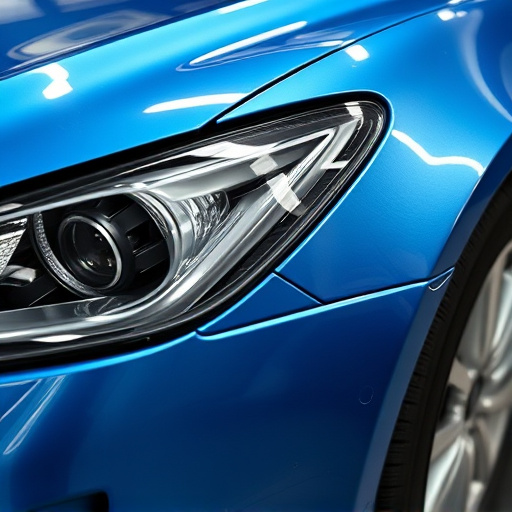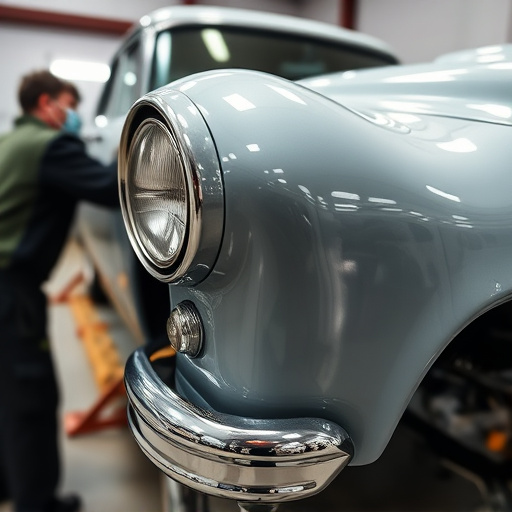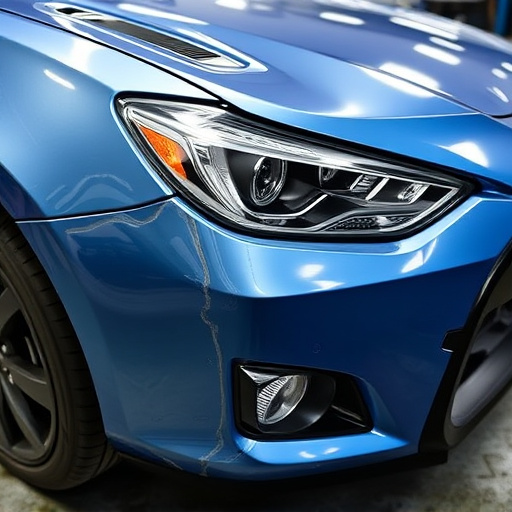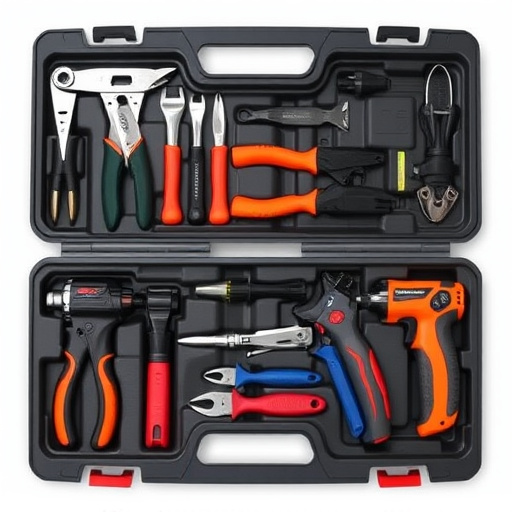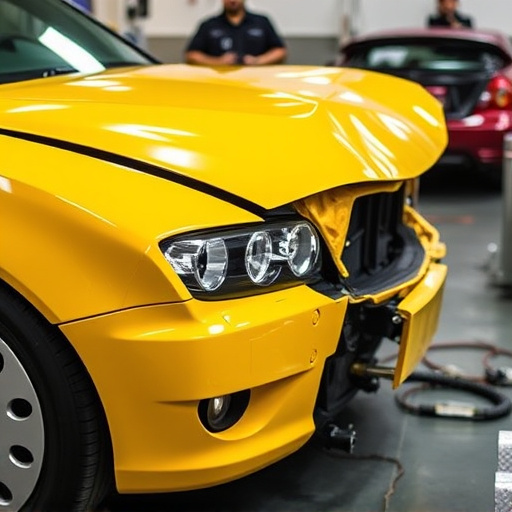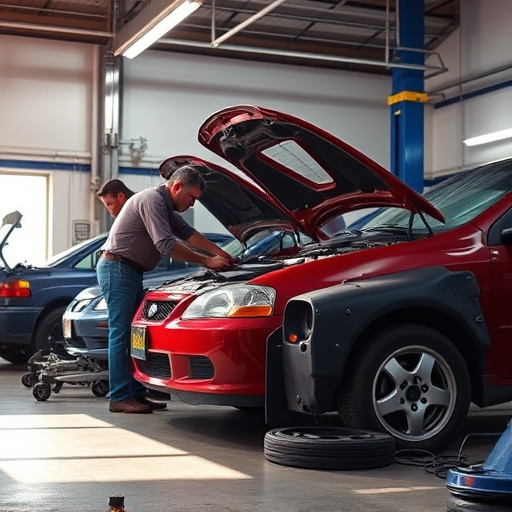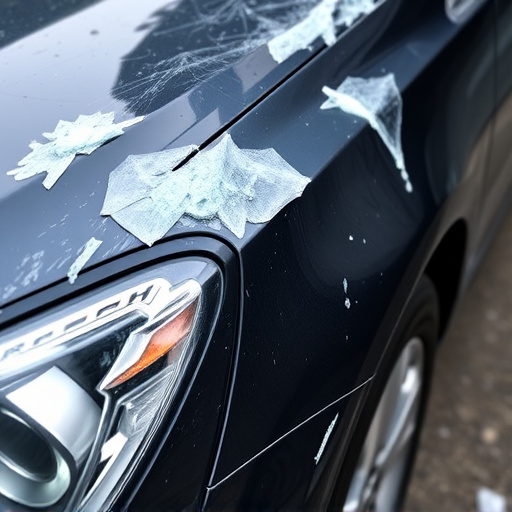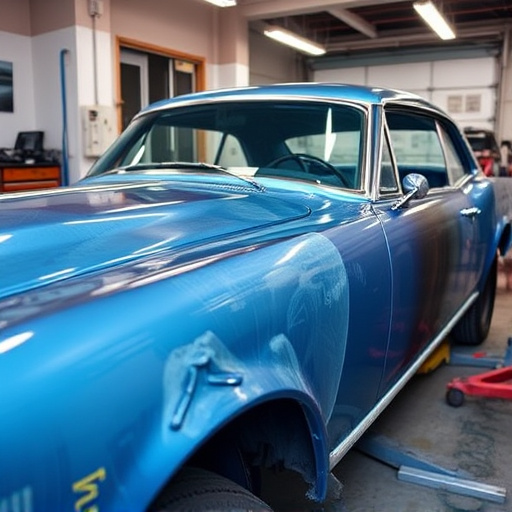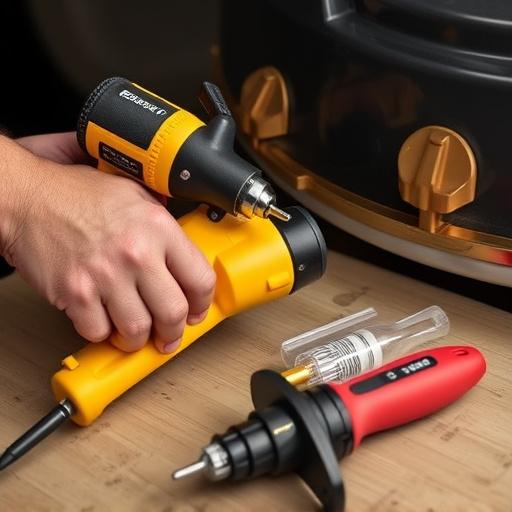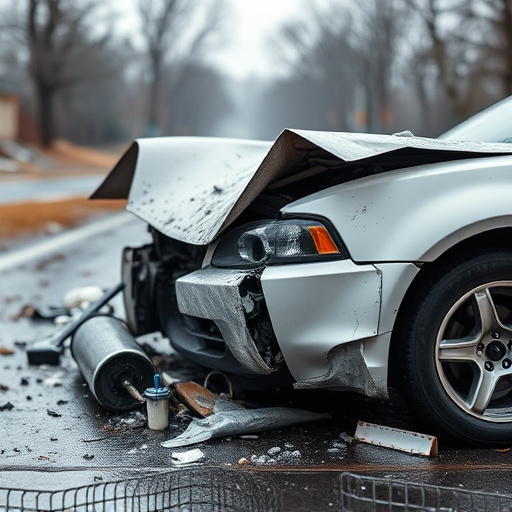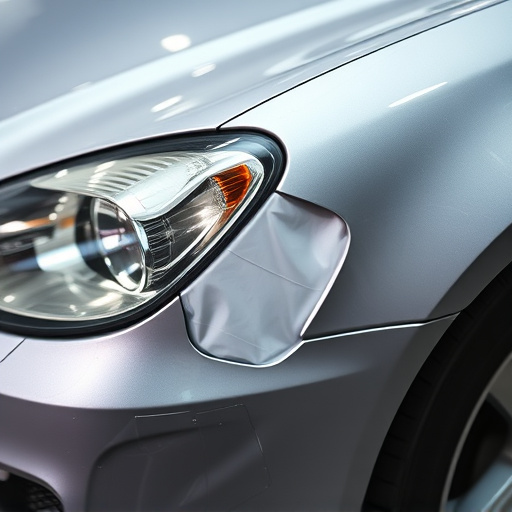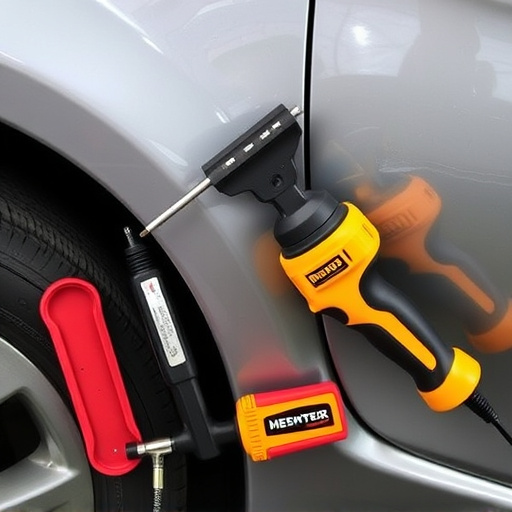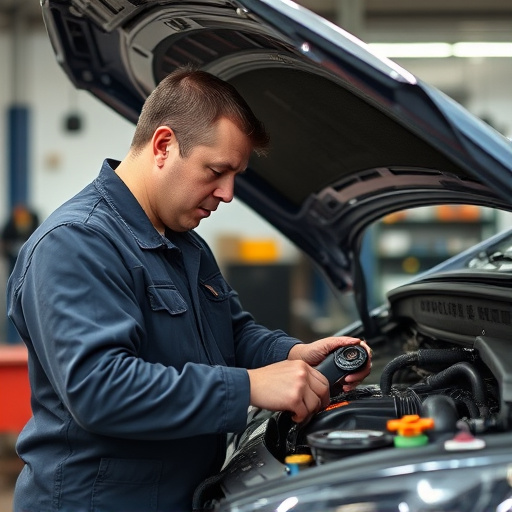Before 3D vehicle scanning, prepare by washing and inspecting the car, removing loose items, and parking on a level surface. Calibrate and configure your scanner for accurate measurements, strategically position it around the vehicle, and consider environmental factors. Integrate 3D scanning into auto repair workflows for streamlined processes like dent repair. Efficiently process and visualize scan data using software tools for detail enhancement, distortion correction, and interactive 3D renderings to accurately represent vehicle condition.
“Unlock the full potential of 3D vehicle scanning with advanced tips tailored for efficient use. This comprehensive guide navigates you through the process, from preparing your vehicle for optimal scans to maximizing data collection techniques and effectively processing post-scan data. Discover strategies that revolutionize your workflow, ensuring accurate, detailed models for various applications. Dive into these expert insights on 3D vehicle scanning today.”
- Prepare Your Vehicle for Optimal Scans
- Maximize Data Collection Techniques
- Post-Scan: Process and Visualize Effectively
Prepare Your Vehicle for Optimal Scans
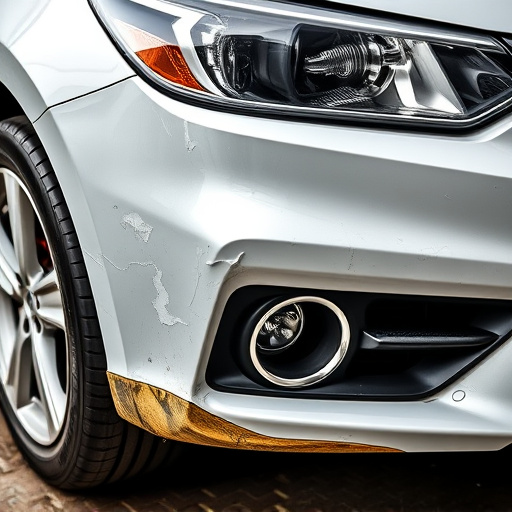
Before performing any 3D vehicle scanning, it’s crucial to prepare your car for optimal results. Start by thoroughly washing and inspecting the vehicle to ensure there are no obstructions or imperfections that could interfere with the scan process. Remove all loose items from the interior and exterior, including mats, tools, and decorations. In addition, park the vehicle on a level surface to prevent warping during the scanning process. These initial steps will go a long way in achieving precise and detailed 3D models of your vehicle, which is essential for accurate fender repair or any other auto body shop operations.
For best results, consider working with a professional team that specializes in 3D vehicle scanning. They can provide guidance on specific preparations required based on the make and model of your vehicle. This ensures not only high-quality scans but also facilitates seamless integration of the data into digital workflows at your vehicle body shop, enhancing efficiency in tasks like measuring, design, and manufacturing.
Maximize Data Collection Techniques
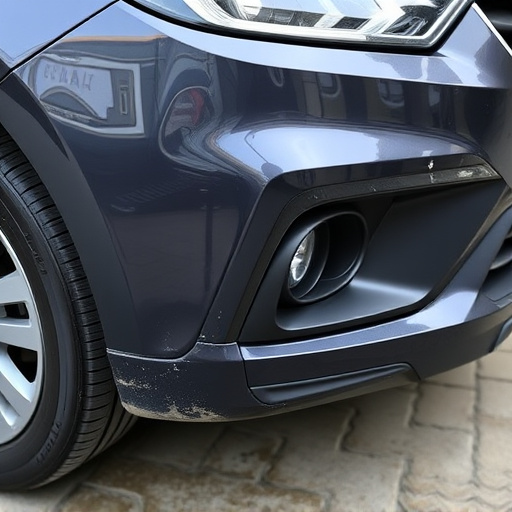
To maximize the efficiency of your 3D vehicle scanning process, optimizing data collection techniques is paramount. Begin by ensuring your scanner is properly calibrated and configured for accurate measurements. This involves regularly maintaining and updating the device to account for any drift or wear over time. Next, strategically position the scanner around the vehicle to capture all essential details, angles, and contours. This might include rotating the car on a turntable or using multiple scanning passes to gather comprehensive data, especially in complex areas like wheel arches and door jambs.
Additionally, consider the environment where scanning takes place. A clean, controlled space minimizes interference from external factors like sunlight, dust, or temperature variations that could affect scan quality. For auto repair shops or collision repair centers, integrating 3D vehicle scanning into existing workflows can streamline processes like dent repair or body shop measurements, leading to faster turnaround times and improved accuracy compared to traditional manual methods, thereby enhancing overall service efficiency.
Post-Scan: Process and Visualize Effectively
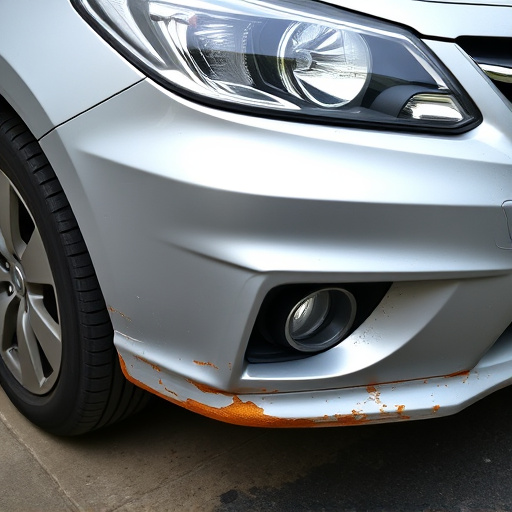
After completing a thorough 3D vehicle scanning process, efficient data processing and visualization are essential steps to maximize its benefits. Start by reviewing the scan data critically, identifying any imperfections or issues that require attention. Advanced software tools can help in this stage, allowing you to enhance details, correct distortions, and even fill in missing parts, ensuring an accurate digital representation of the vehicle’s condition.
Visualizing the 3D model enables you to present the vehicle’s state clearly to clients or colleagues. Interactive 3D renderings provide a detailed view from various angles, facilitating easier communication about specific areas needing attention, whether it’s minor scuffs, paint chips, or more significant damage like hail damage repair or collision repair center scenarios. This visual approach can significantly aid in estimating costs for car scratch repair and ensuring transparency throughout the process.
By implementing these advanced tips, you can make the most of 3D vehicle scanning technology. From preparing your vehicle to post-scan visualization, each step plays a crucial role in achieving precise and efficient results. Master these techniques, and you’ll revolutionize your automotive measurements and inspections, ensuring accurate data collection every time.

